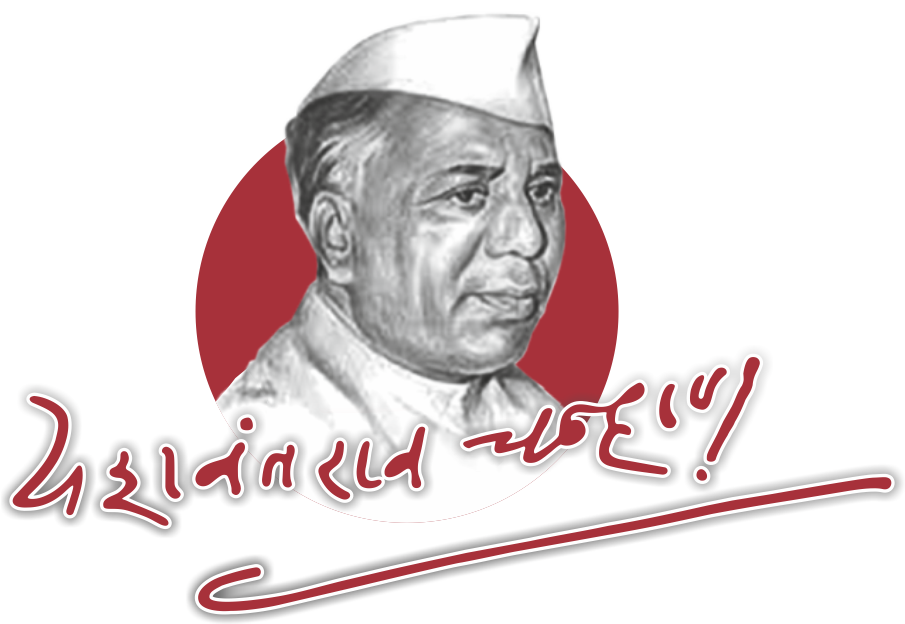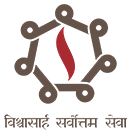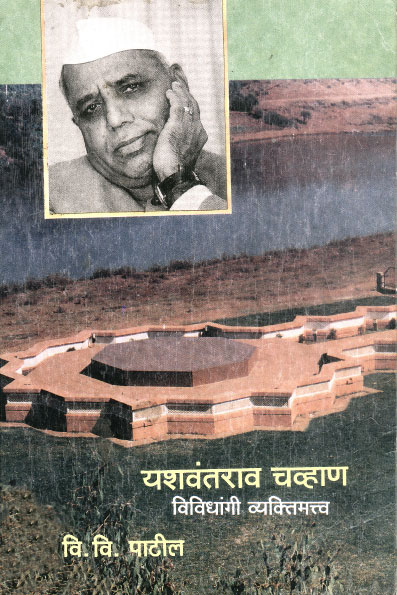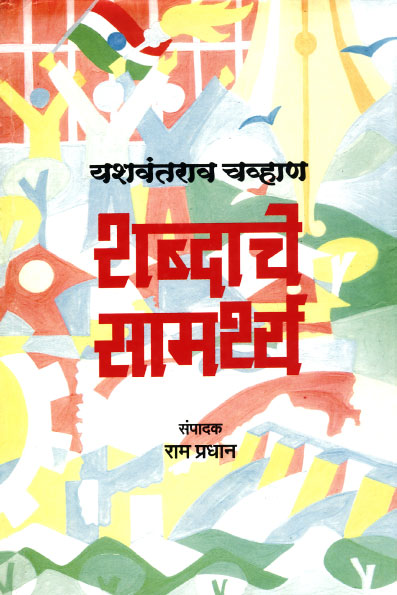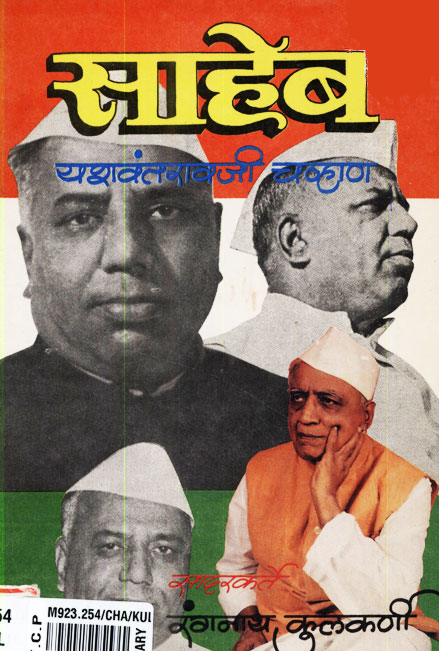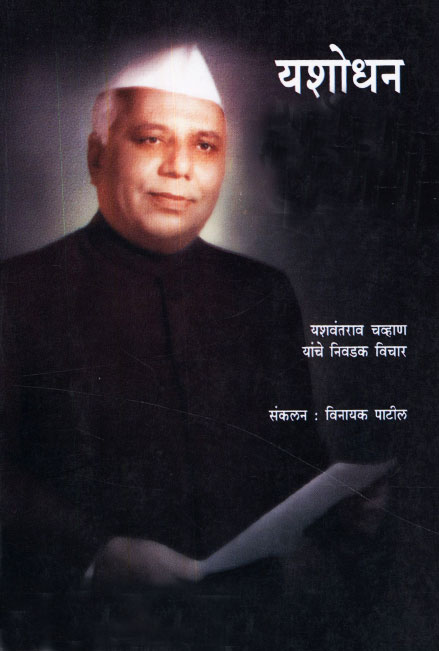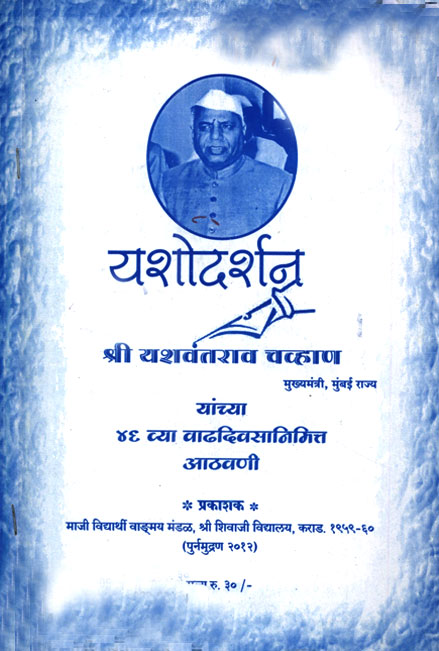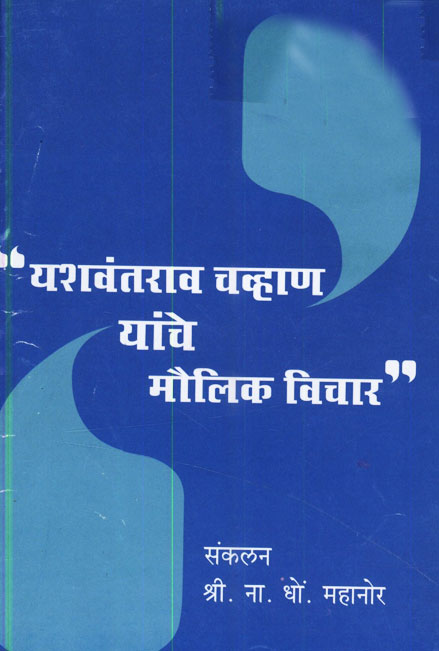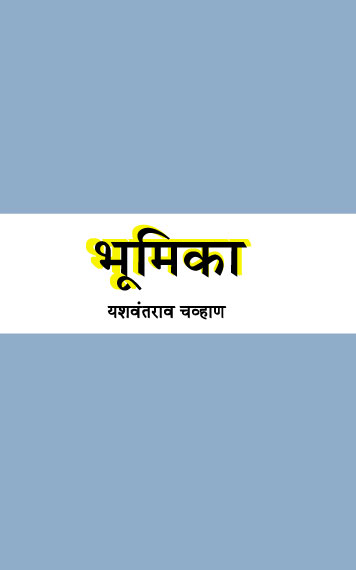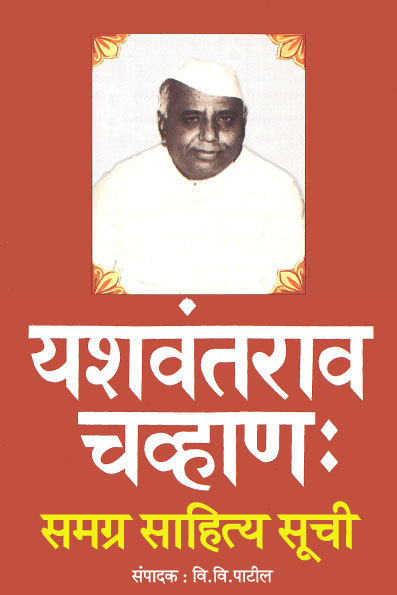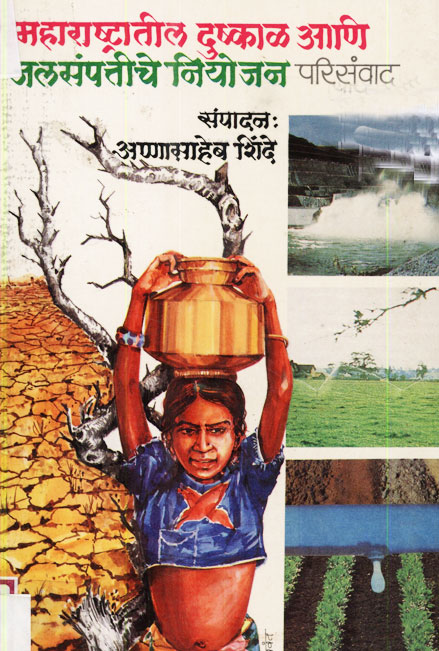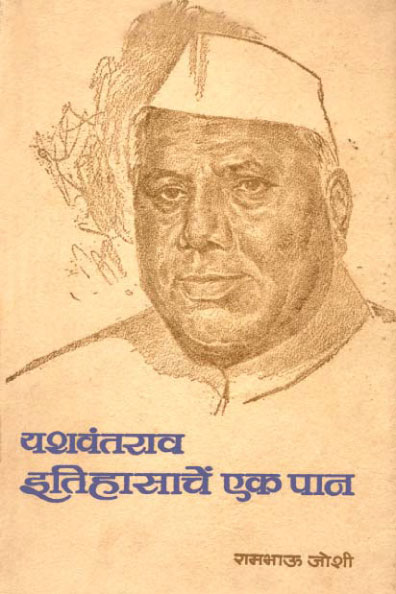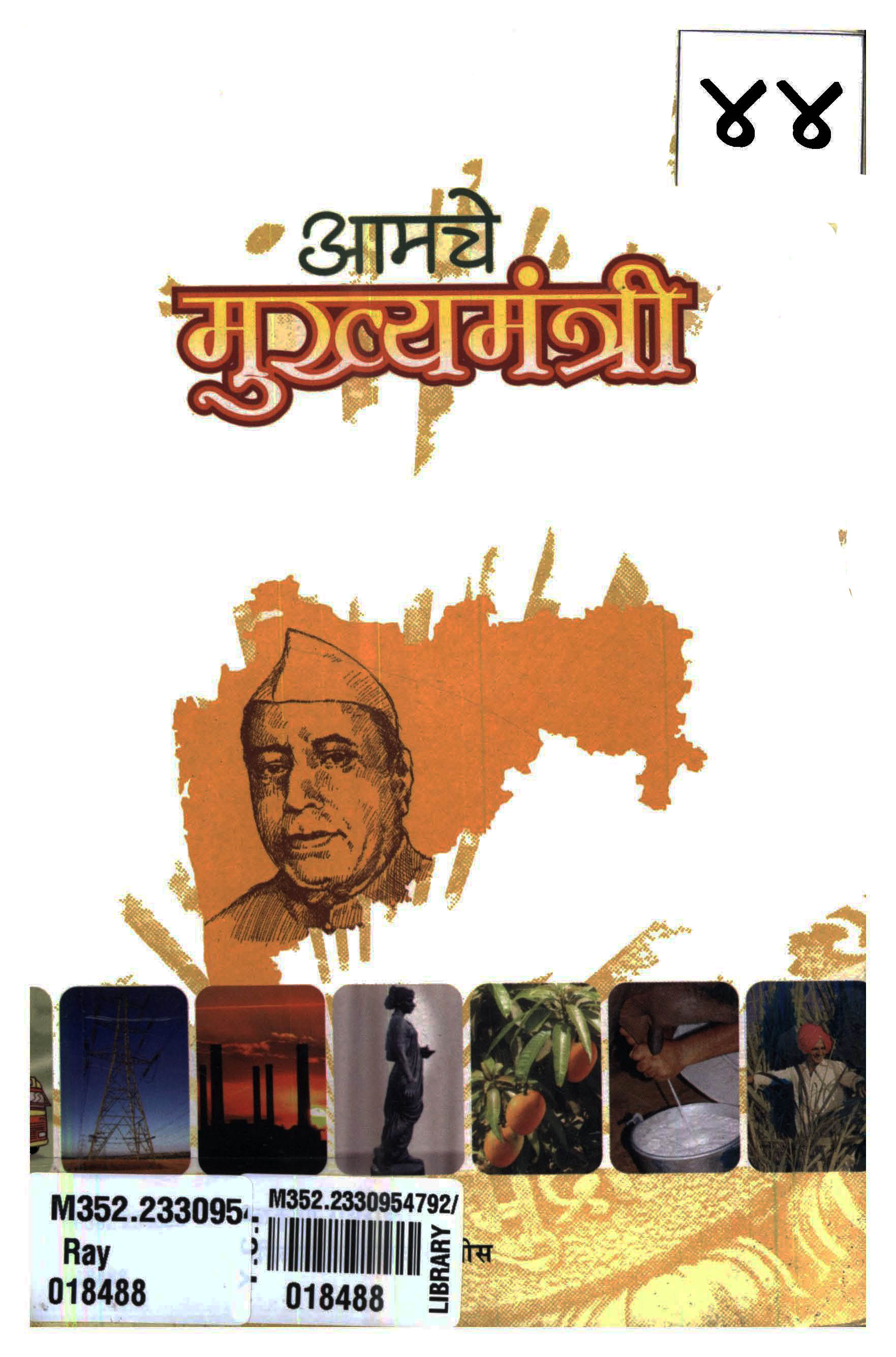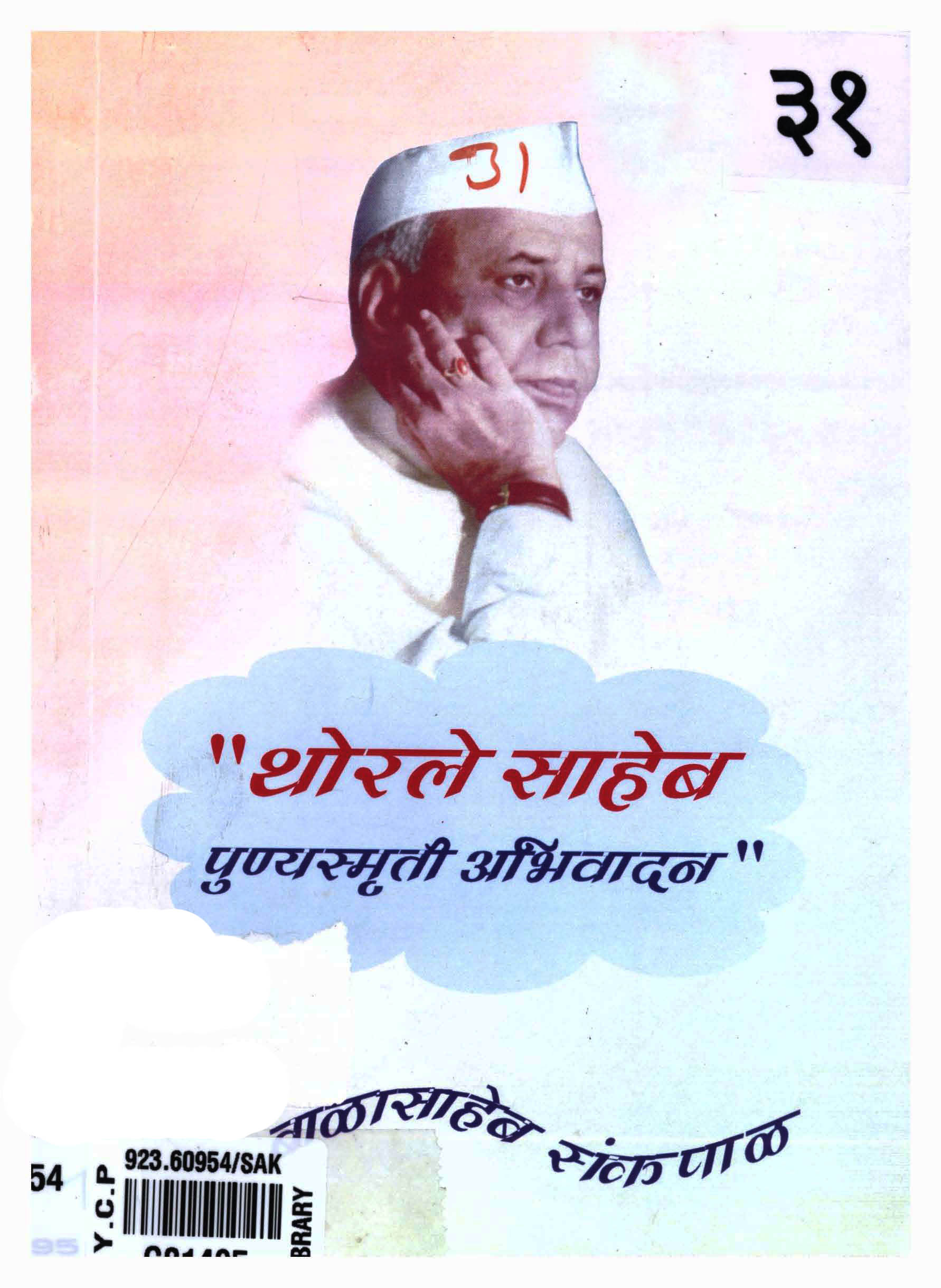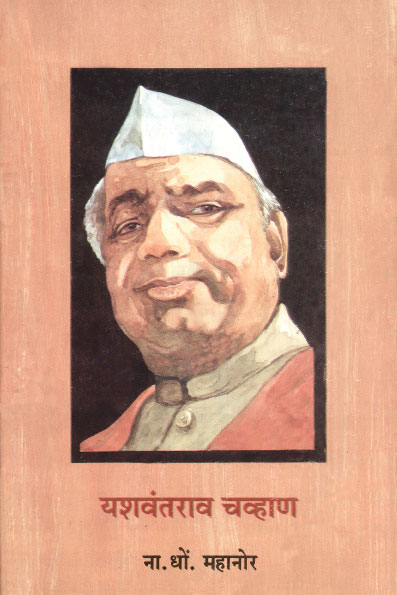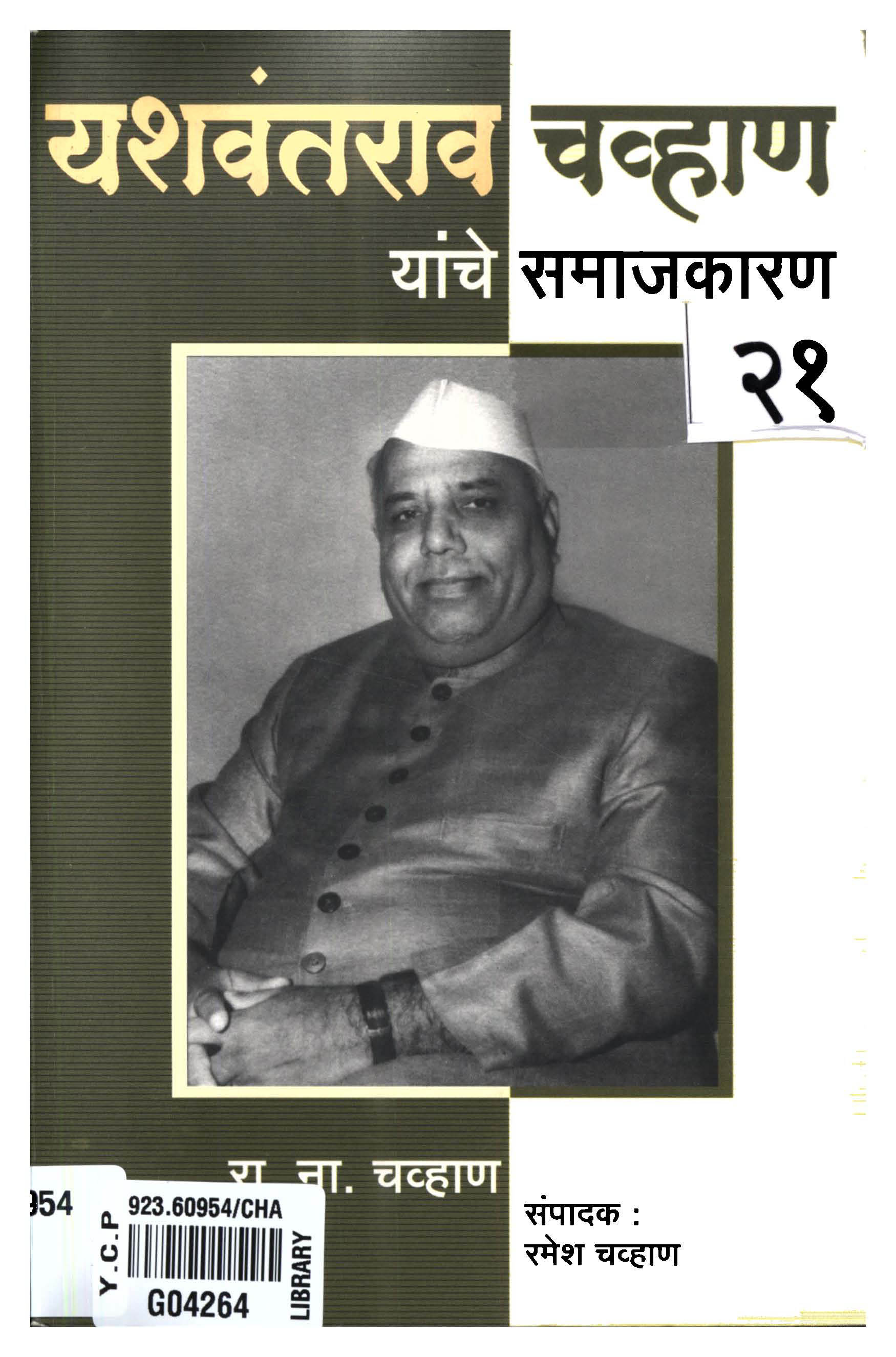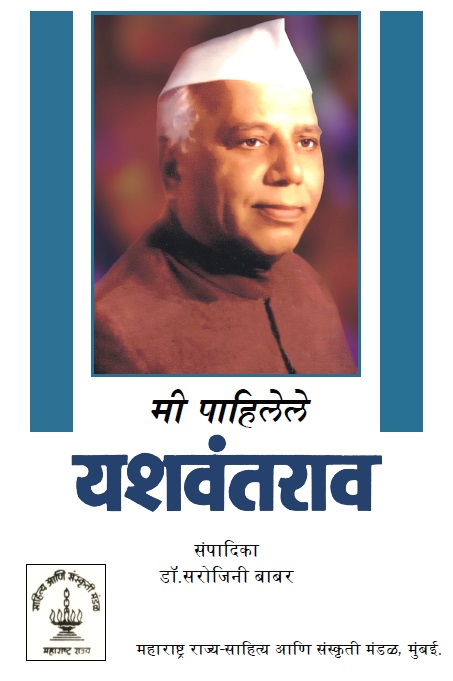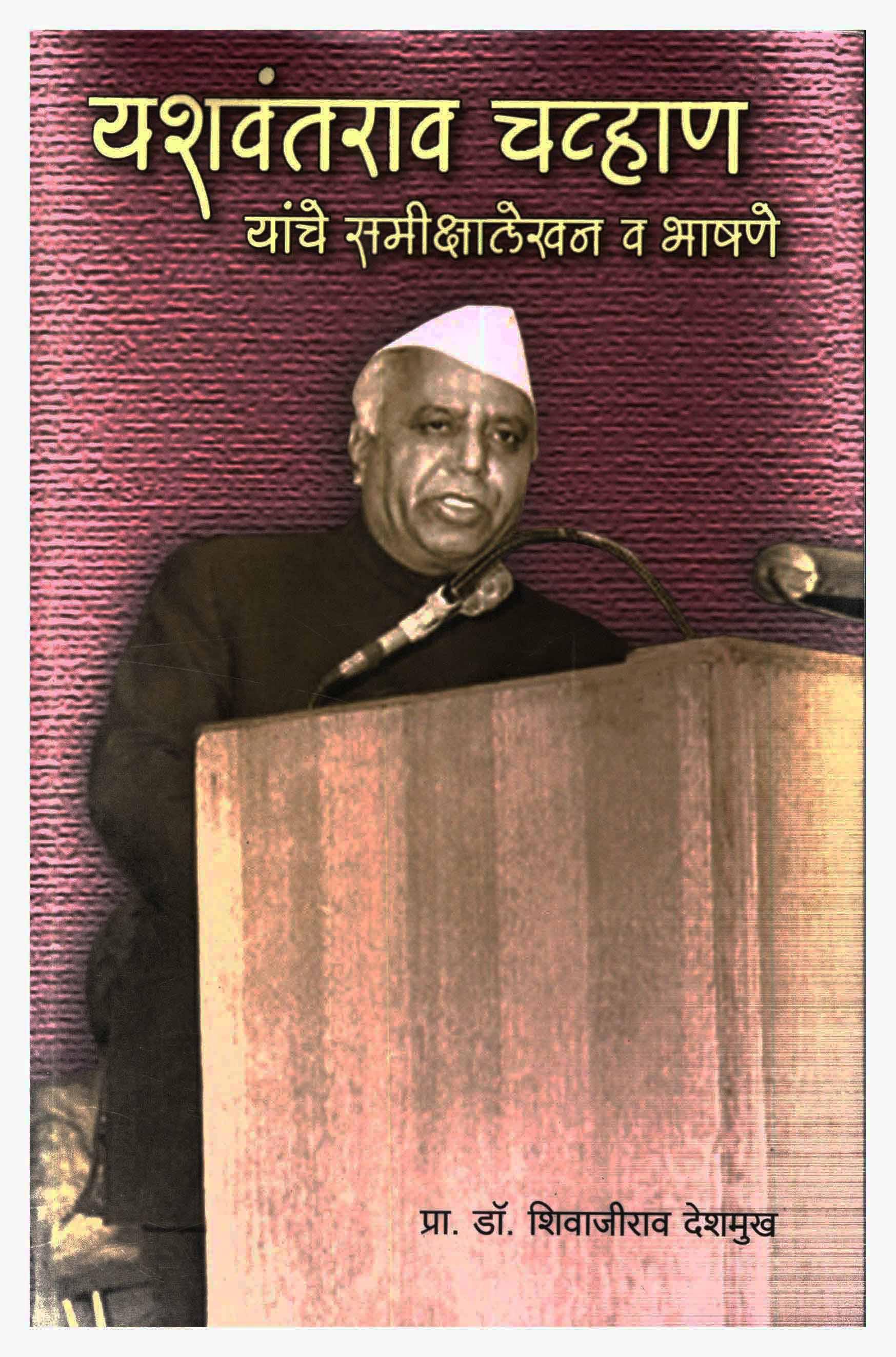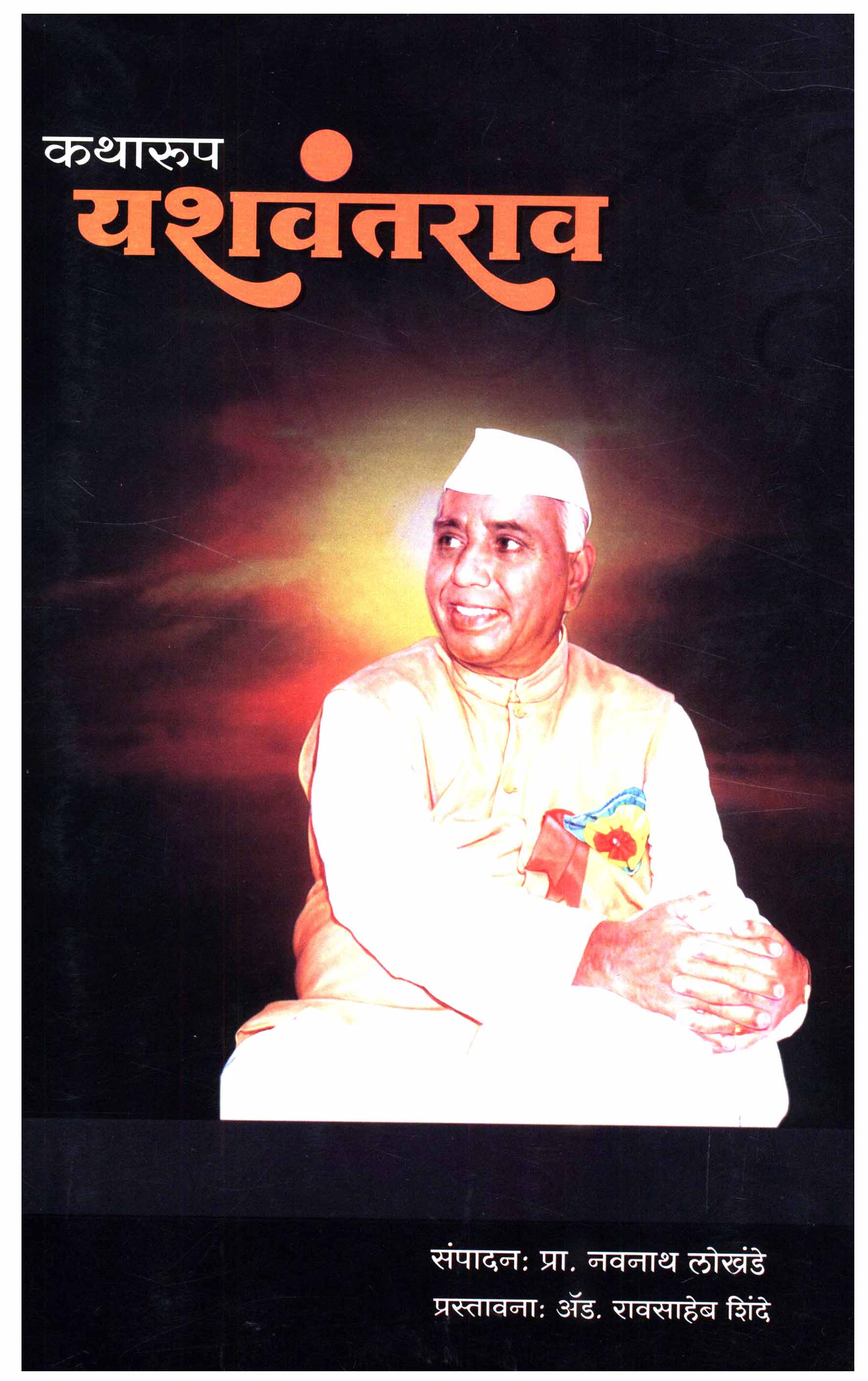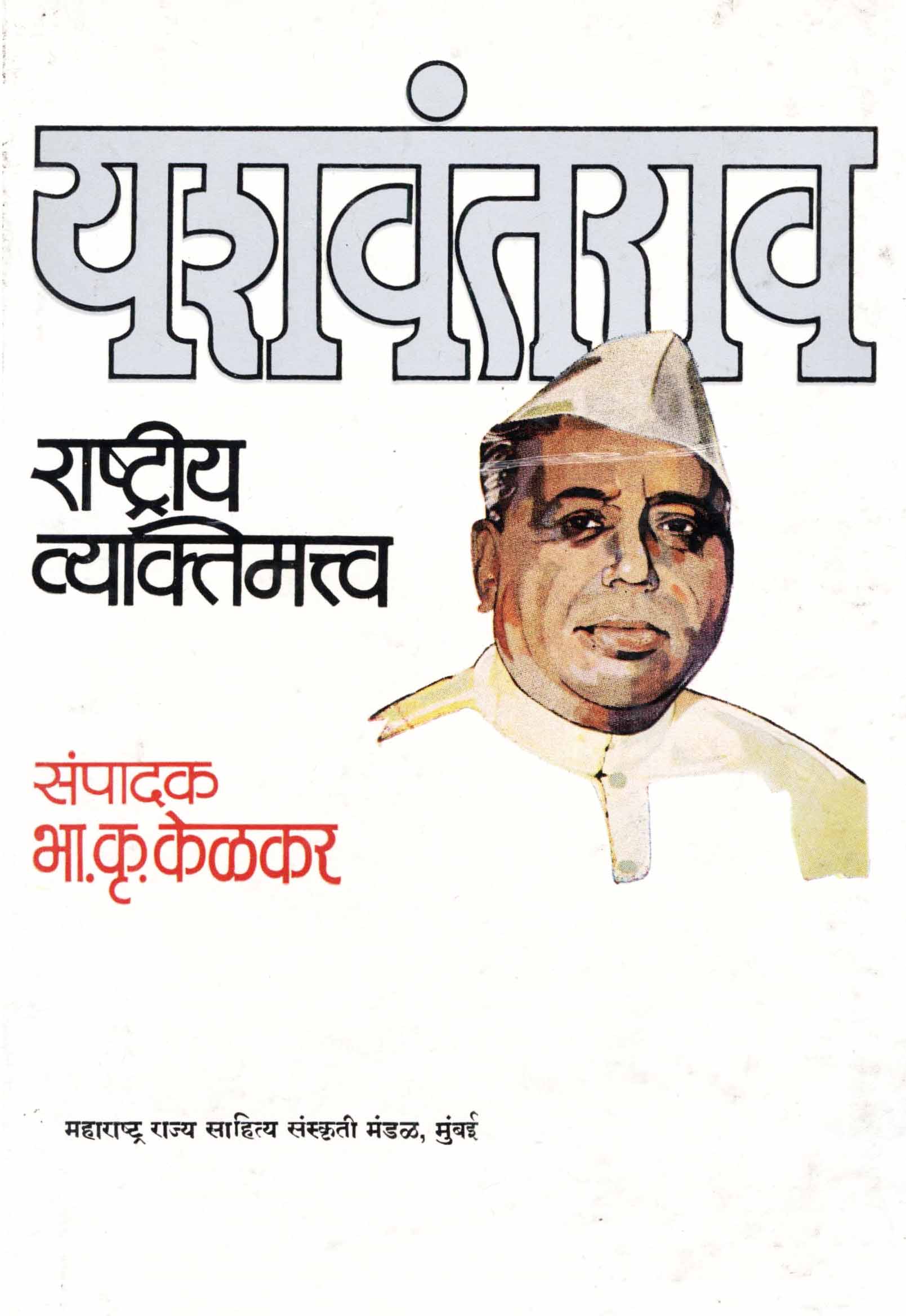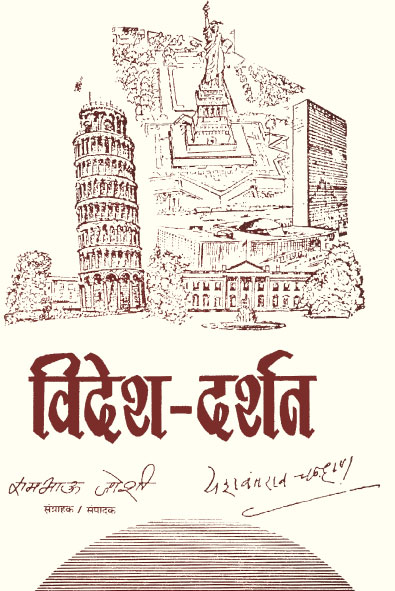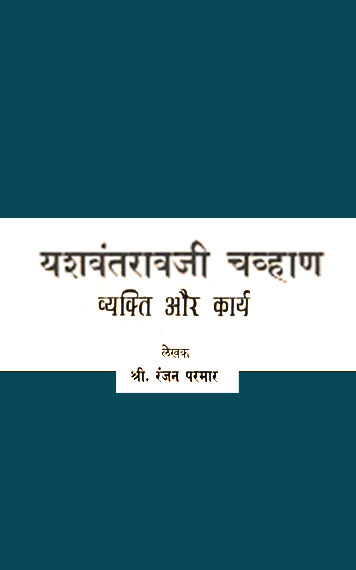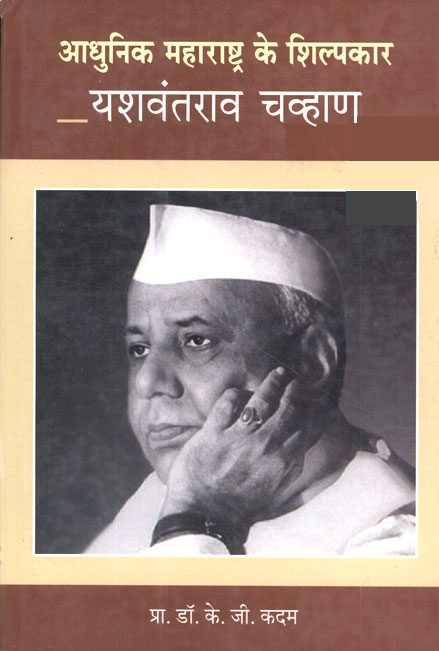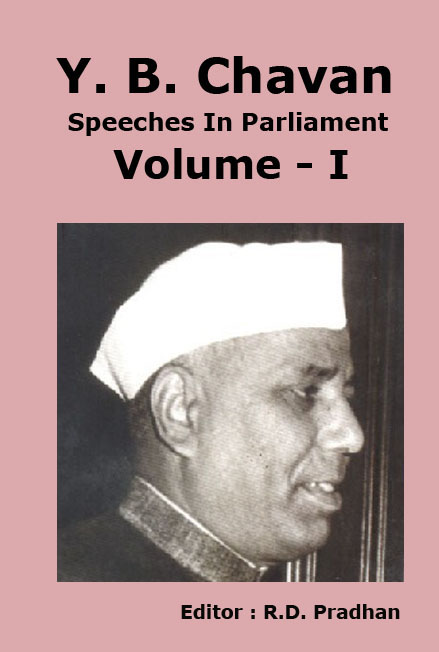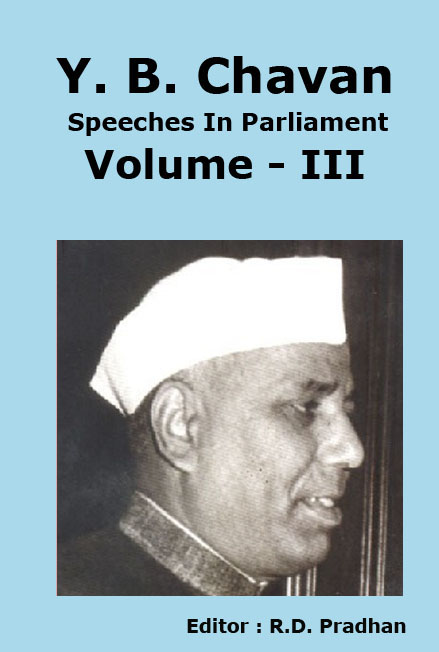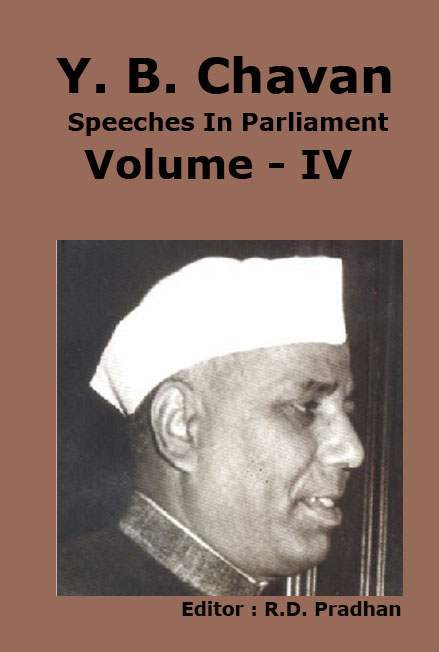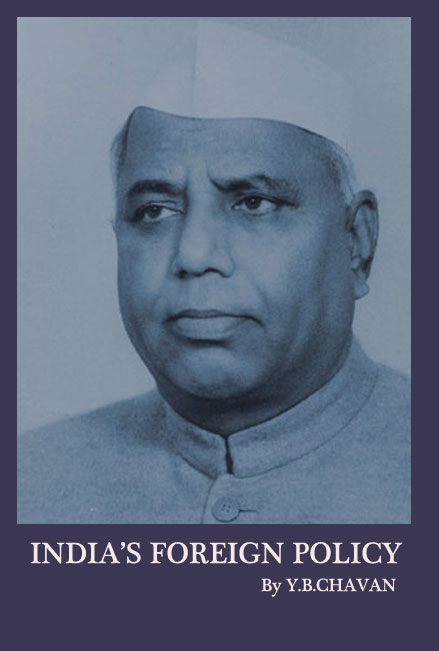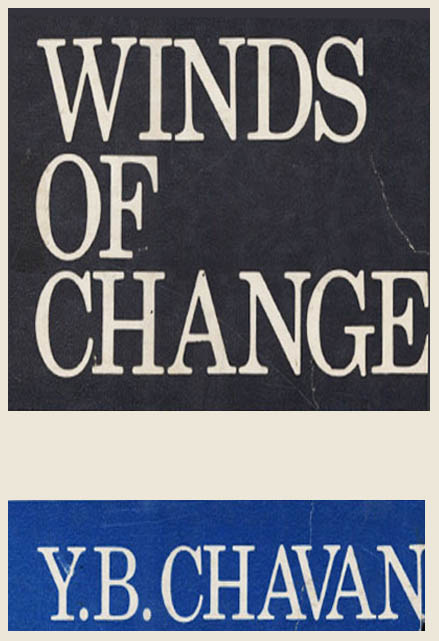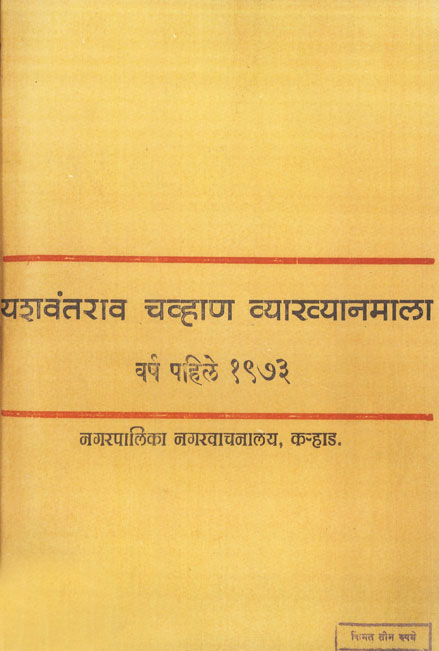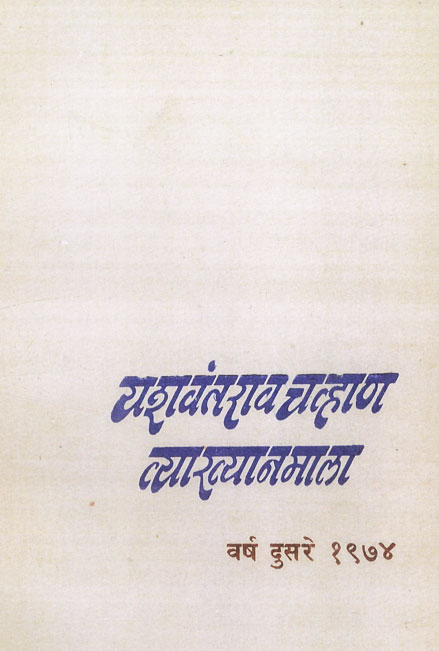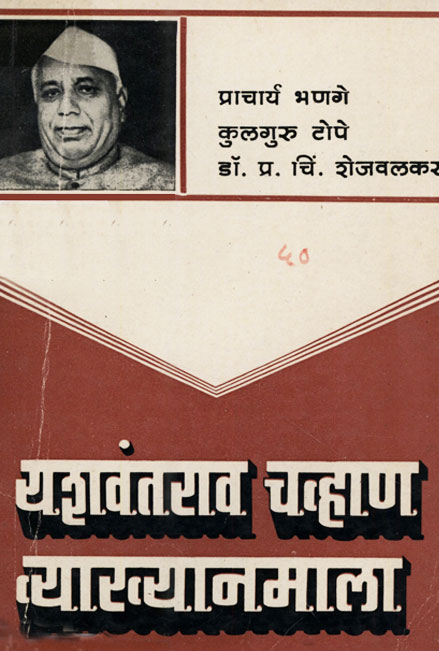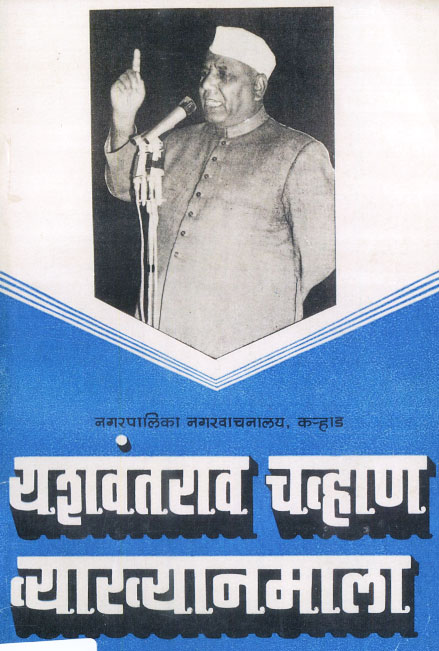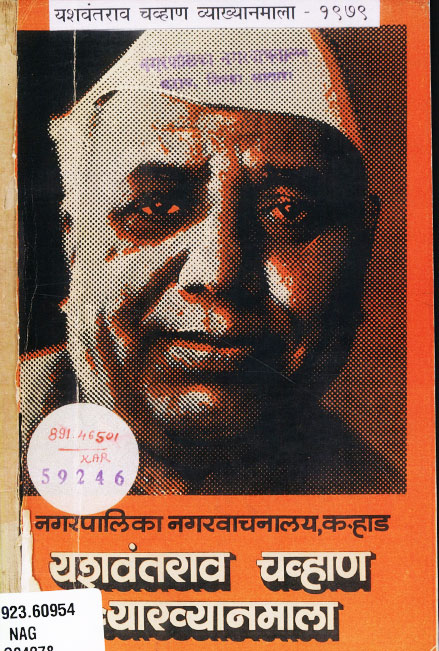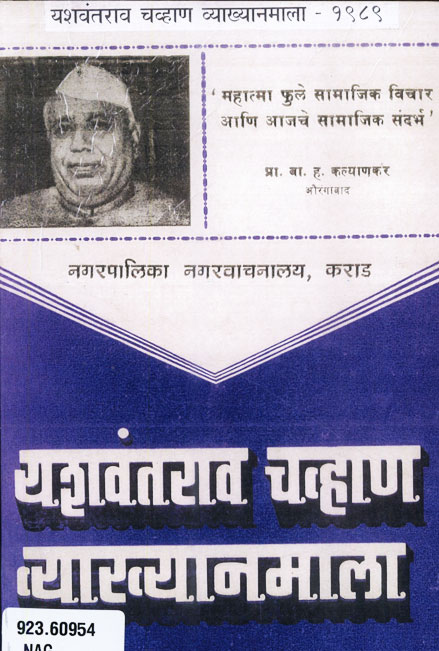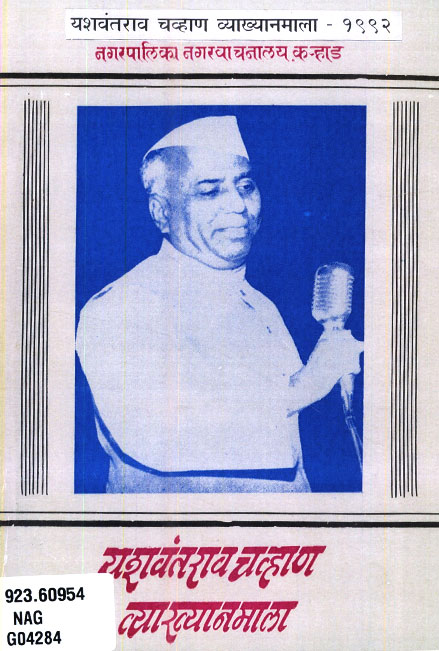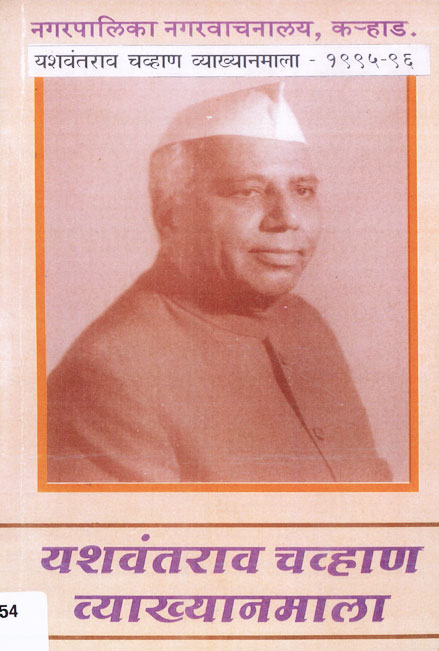Our dependence on external assistance has been steadily going down. What is more, as time goes on and the total external debt increases, much the larger part of what we receive is given back to the creditor countries and agencies by way of debt service payments. If allowance is made for this reverse flow, the net assistance likely to be received in 1972-73 will be only Rs. 145 crores as against Rs. 863 crores in 1967-68. This is a situation that we have ourselves worked for, and indeed we want to continue working towards the further reduction of our dependence on such assistance. However, at the present stage of economic development we cannot accept a situation where we are called upon to pay very large amounts in foreign exchange by way of debt service payments to the rich creditor countries. These large payments have arisen in part because of the hard terms on which such assistance was given by most of the countries in the early years of our development. Even where the rate of interest was comparatively low or maturities reasonably long, the terms were hard in other respects. For example, when loans are tied to purchases in the loan-giving countries and to specific commodities, the prices paid are often much higher than in international markets. Again, large debt payments mean that even if we achieve a state of no net resource transfer to India from abroad, it would imply fresh borrowing equal to the debt payments each year. Since fresh borrowing is subject to uncertainty and exposes us to the danger of external interference, it is necessary to reduce further, and eliminate soon, any net inflow of resources from abroad. It is equally necessary to reduce the need to borrow fresh amounts year after year. It is for these reasons that we should strive for an equitable settlement of the debt question which would in turn enable us to reach our goal of doing without substantial external assistance in the next few years. It will be recalled that one of the objectives of the Fourth Five Year Plan was to reduce net aid to half the level that obtained during the Third Five Year Plan. This objective has already been achieved mainly as a result of the fact that we have been able to eliminate all concessional imports of foodgrains. In the Fifth Plan we should bring about further reduction in our dependence on external assistance combined with an equitable solution of our debt problem. By this combined process we should ensure that by the end of the Fifth Five Year Plan, or even before if possible, we would have eliminated the need for any net external assistance and greatly reduced the need for fresh borrowing from year to year. Within this over-all strategy, relations with individual countries and institutions will naturally vary, depending on our over-all bilateral relations and our general experience of aid from them.

यशवंतराव चव्हाण सेंटर
जन.जगन्नाथराव भोसले मार्ग,
नरिमन पॉईंट, मुंबई – ४०००२१
दूरध्वनी : 022-22028598 / 22852081 / 22045460
फॅक्स : 91-22-22852081/82
ईमेल : info@chavancentre.org
